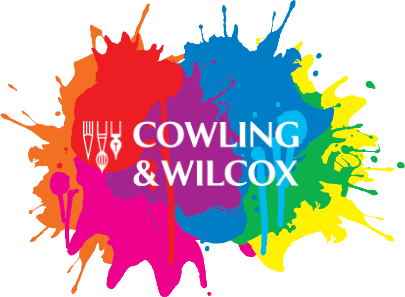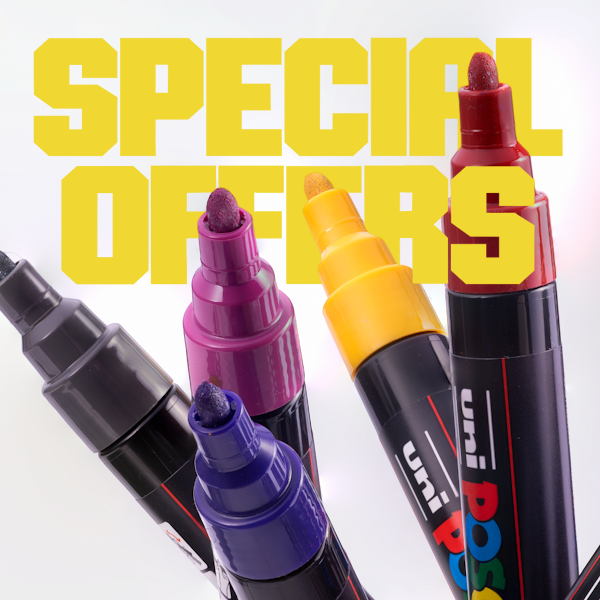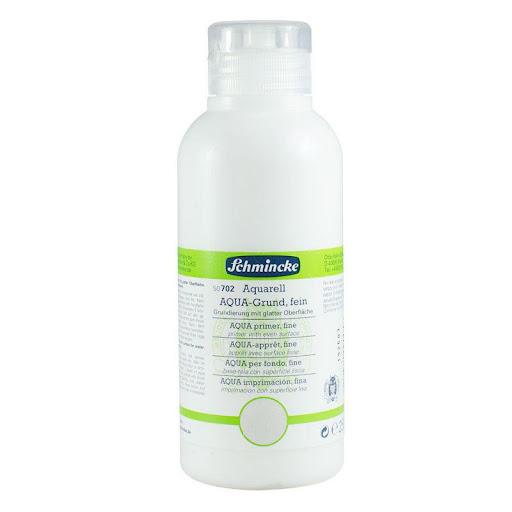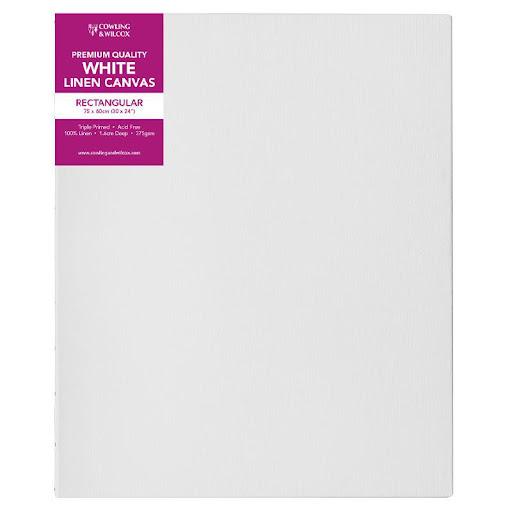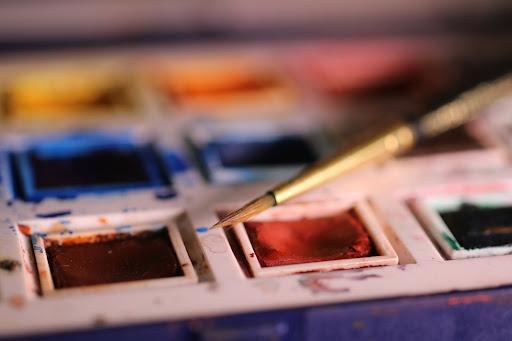
Interestingly, canvas is incredibly popular amongst watercolour artists looking to explore different substrates, beyond your standard paper or sketchbook. This is despite (or perhaps because of?) the unique challenges presented by the extremely thin consistency of watercolour paint. So we thought it would be worth asking…
“Can you use watercolour on canvas?”
So, what’s the big deal with Watercolour?
With origins that date all the way back to the pre-historic age, when natural pigments such as charcoal & ochre were applied to cave walls, it’s safe to say that watercolour is a commonly used, lasting and enduringly popular medium.
And honestly, there’s a list of reasons this is the case, given how versatile Watercolour truly is. Just some of the highlights include:
- Quick drying (even in comparison to acrylics)
- Easy to set up & clean
- Lighter, less bulky, easy to store or carry with you
- Able to create both soft & vibrant effects
- Can quickly cover large areas (or washes)
- A fairly cost-effective & budget-friendly medium
But why canvas?
Whilst it may be unconventional for Watercolour painting, one of the best elements of creativity has always been experimentation. And there are a lot of good reasons artists are exploring canvas, including:
- Easy to display, without the need for framing
- Unlike paper, canvas does not curl up at the edges when the artwork dries
- Hardwearing & durable, allows for more intensive techniques, such as blotting, layering & scrubbing
- Less absorbent than paper, giving you more time to ‘work’ the paint before it dries
- Mistakes are easily corrected, with Watercolour paint able to be lifted by rubbing with only a small amount of clean water
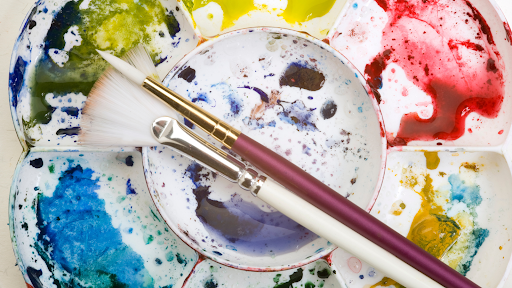
Priming canvas for watercolour paint
Since canvas isn’t naturally absorbent, you need to ensure that the canvas you select is actually prepared to accept the watery consistency of the paints. And no… we don’t mean emotionally.
When it comes down to it, you have 2 options; buying a pre-primed canvas or taking the more traditional route & priming a canvas yourself.
In order to make canvas suitable for use with Watercolour, you’ll first need to make the surface more absorbent. To do this, you’ll need to use a foam roller or soft-haired brush to apply a thin layer of “watercolour ground” (a similar concept to Gesso, but specifically for Watercolour).
Whilst priming the canvas yourself means that you can make use of surfaces you may already have available at home, one drawback is that it can be a timely process, needing a minimum of 3 layers for each canvas, with time between to ensure they’re all fully dry before you can begin to work on it.
Interestingly, these primers can also be used on other surfaces which wouldn’t normally be suitable for watercolour such as wood.
If you would rather save some time, you can purchase canvas that has already been triple-primed and prepared for use with watercolour.
Other considerations when using watercolour on canvas
Whilst ensuring that the canvas surface is ready to accept and absorb watercolour is the most important step when preparing to use watercolour on canvas, there are some other things to consider:
- Layering is more difficult & it can take much longer to achieve the effect you’re looking for. This is due to the fact that canvas doesn’t dry as quickly as paper.
- Try to keep the a creamy consistency to your paint, if you use too much water, the colours can can pool and ultimately slide off the canvas. Naturally, this may impact the texture you are aiming to create.
- It can be harder to create fine edges as the absorbent ground may cause the edges to bleed slightly. Whilst this is mostly out of your control, you should ensure that you are using suitable paint brushes for your fine details.
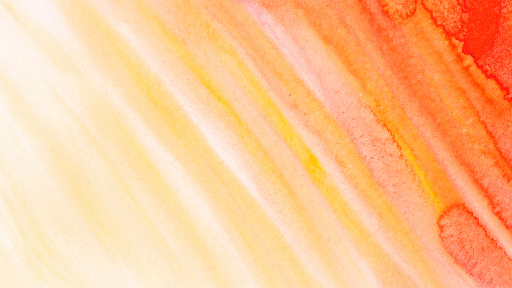
After all of this, we’re confident that you’ll agree that the benefits of using Watercolour on canvas far outweigh the considerations. As it always can be when starting something new, you may initially find it challenging… but pushing your boundaries, leaving your comfort zone & experimenting as an artist can only help to stimulate your creativity!
Are you ready to give it a go?
< Back to blog